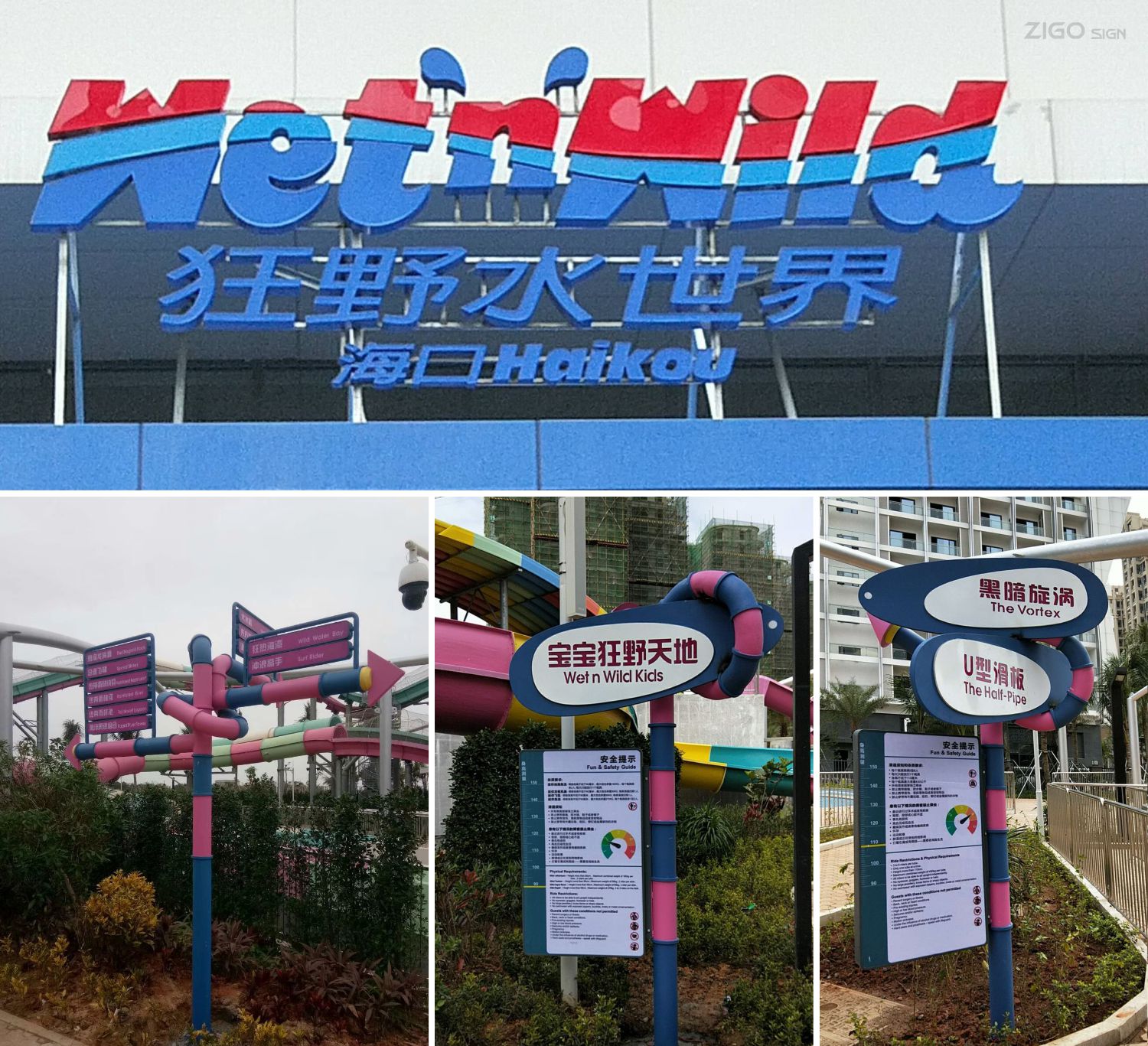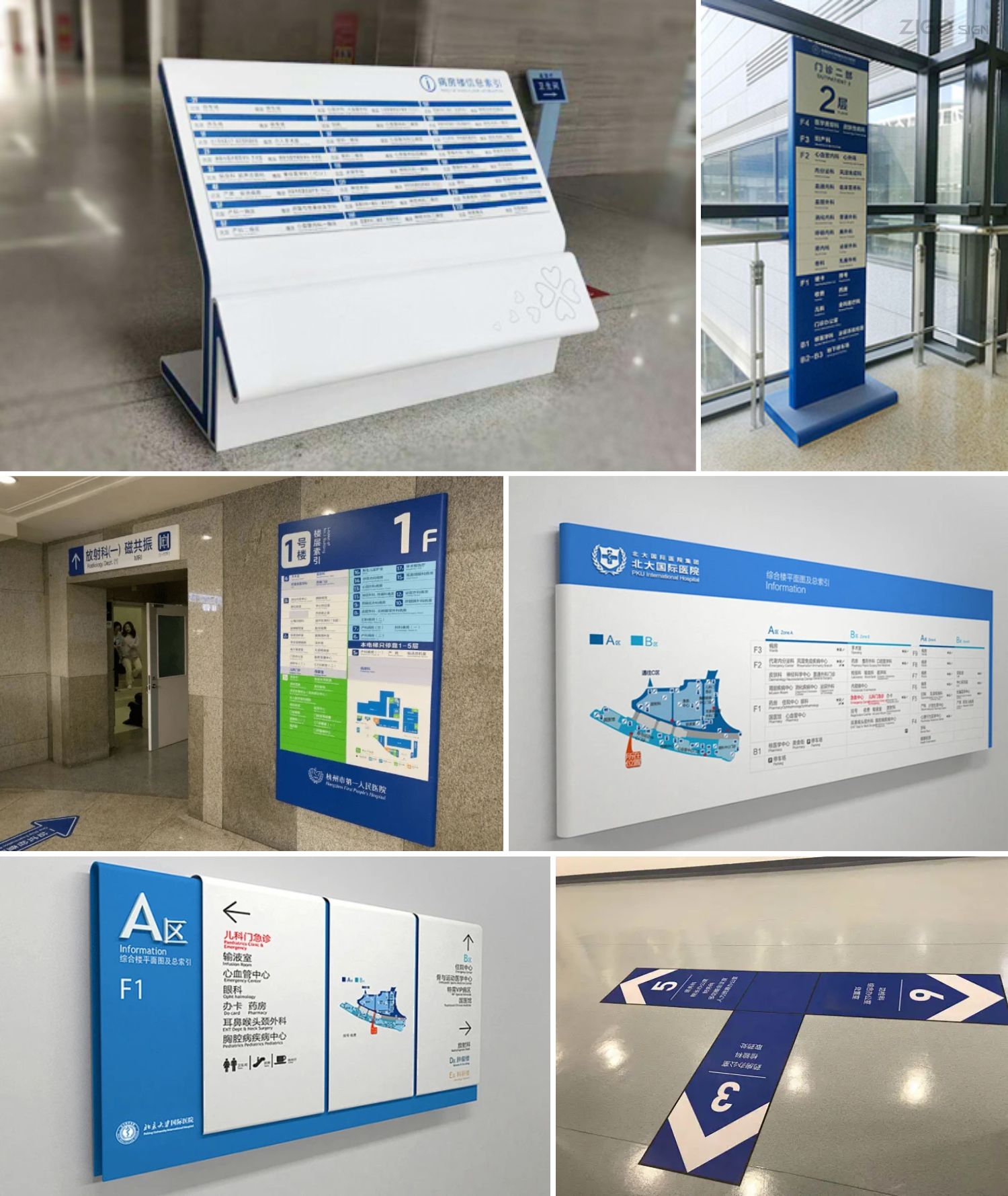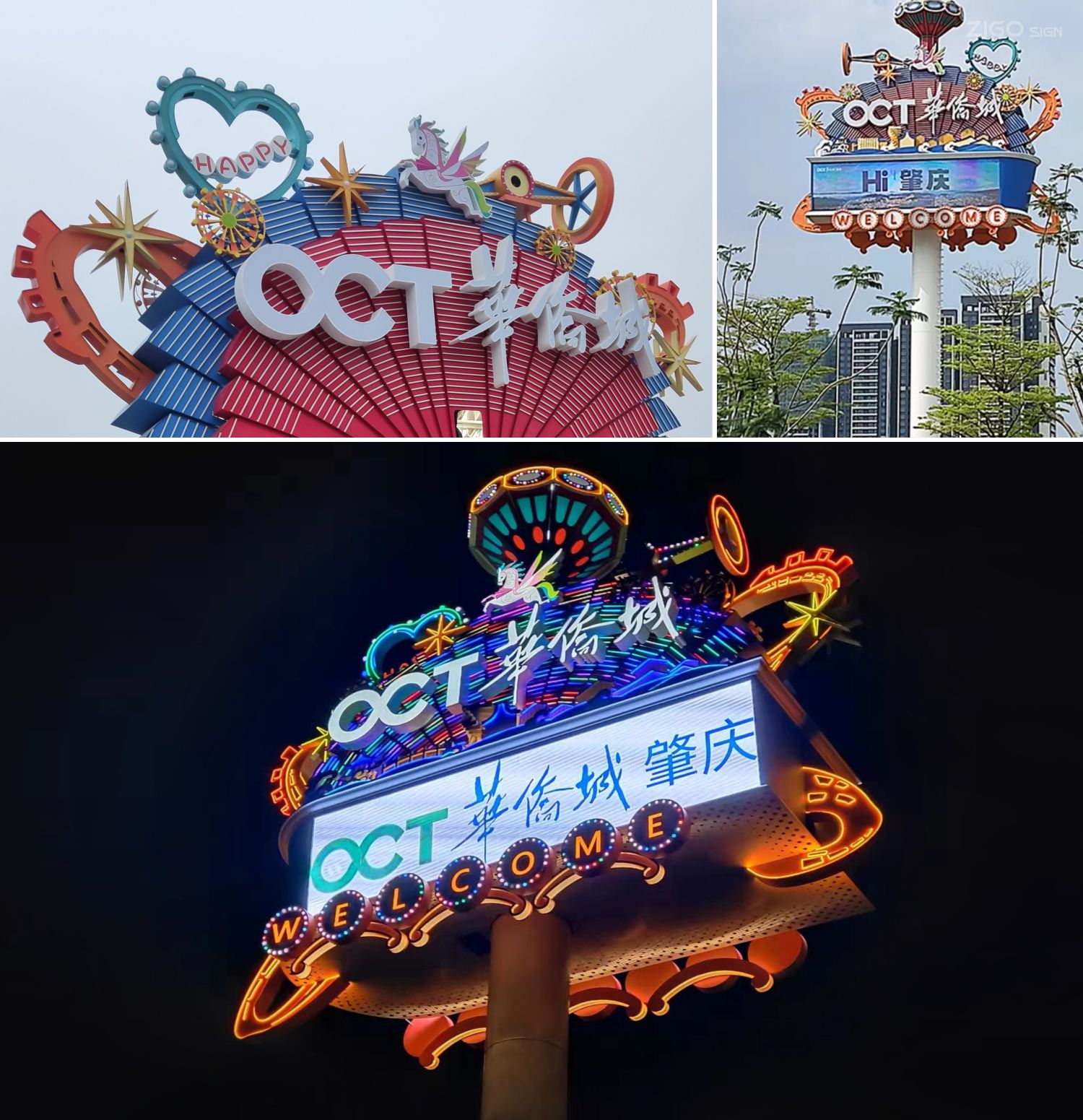In today's highly informatized and commercialized society, wayfinding signage design plays a crucial role in helping people to efficiently and conveniently access information and find their destinations. However, regarding the shape of signage, designers are often faced with an important choice: whether to pursue a unique design or follow the common standard shape?
First and foremost, a unique signage shape can visually attract the attention of pedestrians and enhance brand recognition. An innovative design not only reflects the personality of the brand, but also adds an artistic touch to the public space. For example, some shopping centers or museums may introduce creative sign shapes to attract visitors. However, overly unique designs can sometimes lead to confusion, especially for users who are accustomed to traditional sign shapes and may have difficulty in quickly understanding the message of the sign.

In contrast, it is important to follow common standard shapes in the design of a tactile signage system. For example, the arrow shape is a proven and effective way to navigate and guide people in the direction of travel. The advantage of a standard design is that it can be quickly and widely accepted and understood, especially in emergency situations, where simple, intuitive signage shapes can help people react quickly. Therefore, in some public places, such as hospitals, stations, etc., it is necessary to maintain a certain consistency and standardization of sign shapes to ensure people's safety and smooth passage.

When designing a visual guide system, designers should find a balance between uniqueness and standardization. On the one hand, designers can innovate traditional signs by adding elements that match the brand's characteristics, creating signs that are both refreshing and practical. On the other hand, parametric design techniques and user research can also help designers understand the needs of the target audience, so that they can make reasonable adjustments in graphics, color and text to make the signage not only full of personality, but also able to meet the functional needs.
In practice, many successful cases of visual guide system design have demonstrated this art of balance. For example, when redesigning the downtown wayfinding system, some cities use elements with local characteristics in combination with internationally accepted signage standards, which not only maintains the city's cultural identity, but also ensures a smooth experience for tourists. This design idea highlights the importance of global vision in wayfinding system design.

In short, the design of wayfinding system is not a simple choice, but requires in-depth thinking and reconciliation between uniqueness and standardization. With the development of science and technology, intelligent guidance systems are also emerging, these systems integrate a variety of technical means to provide people with a more personalized navigation experience. In the future, the design of the guidance system will pay more attention to the user experience, taking into account different scenarios and user needs, to truly realize the meaningful navigation function, help people find their way in the complex environment.